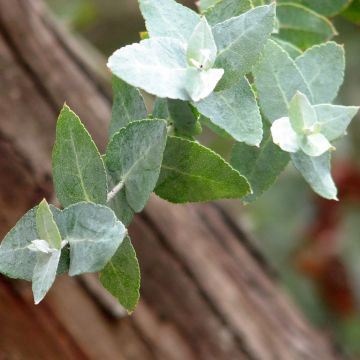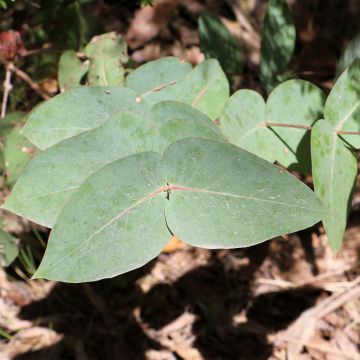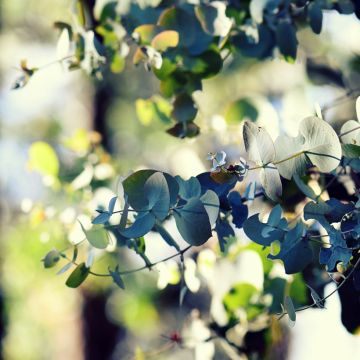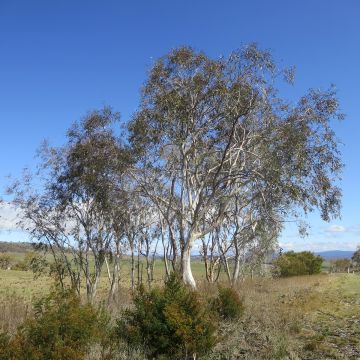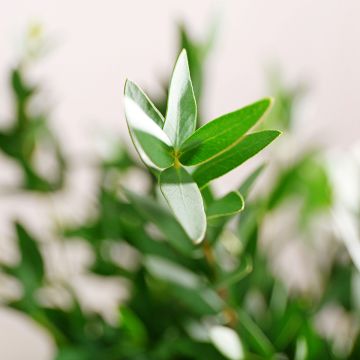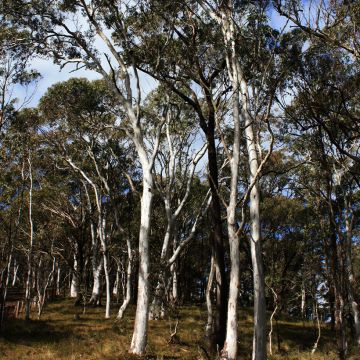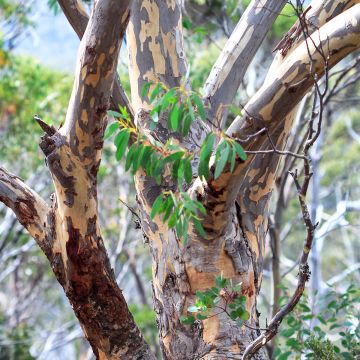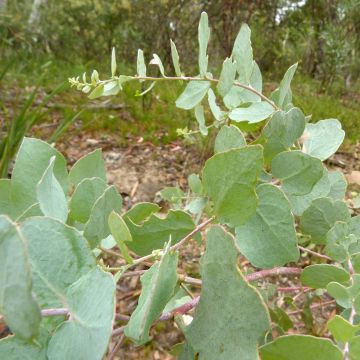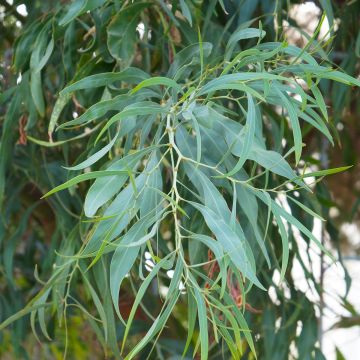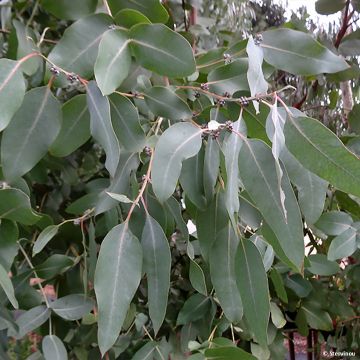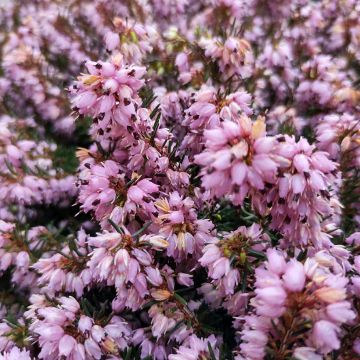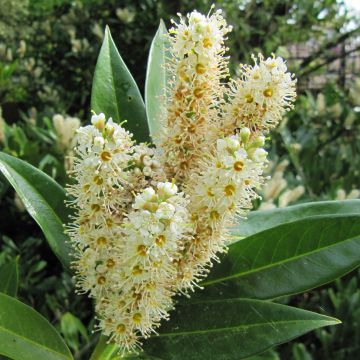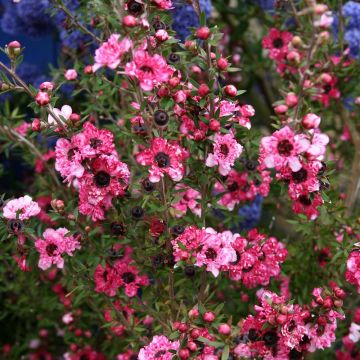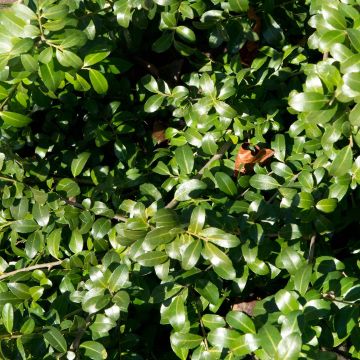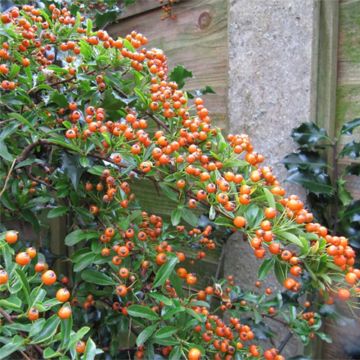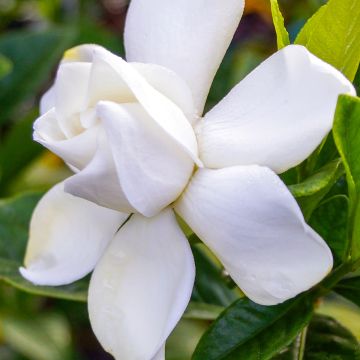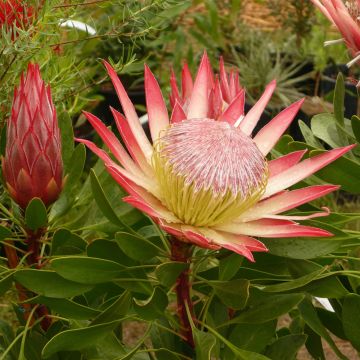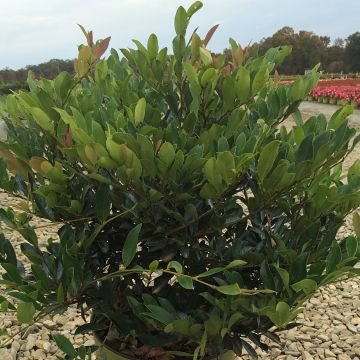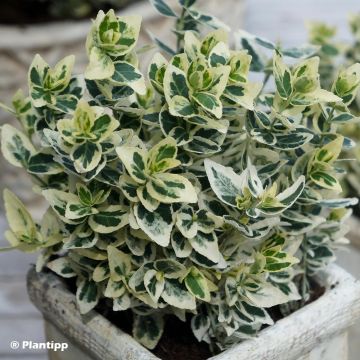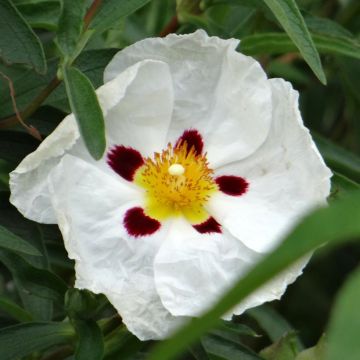Shipping country and language
Your country of residence may be:
Your country of residence is:
For a better user experience on our website, you can select:
Your shipping country:
Andorra
Austria
Belgium
Bulgaria
Canada
Chile
Croatia
Cyprus
Czechia
Denmark
Estonia
Finland
France
Germany
Greece
Hungary
Iceland
Ireland
Italy
Latvia
Lithuania
Luxembourg
Malta
Monaco
Netherlands
Poland
Portugal
Romania
Slovakia
Slovenia
Spain
Sweden
Switzerland
United Kingdom
We only deliver seed and bulb products to your country. If you add other products to your basket, they cannot be shipped.
Language:
French
German
Spanish
English
My Account
Hello
My wish lists
Plantfit
Log in / Register
Existing customer?
New customer?
Create an account to track your orders, access our customer service and, if you wish, make the most of our upcoming offers.
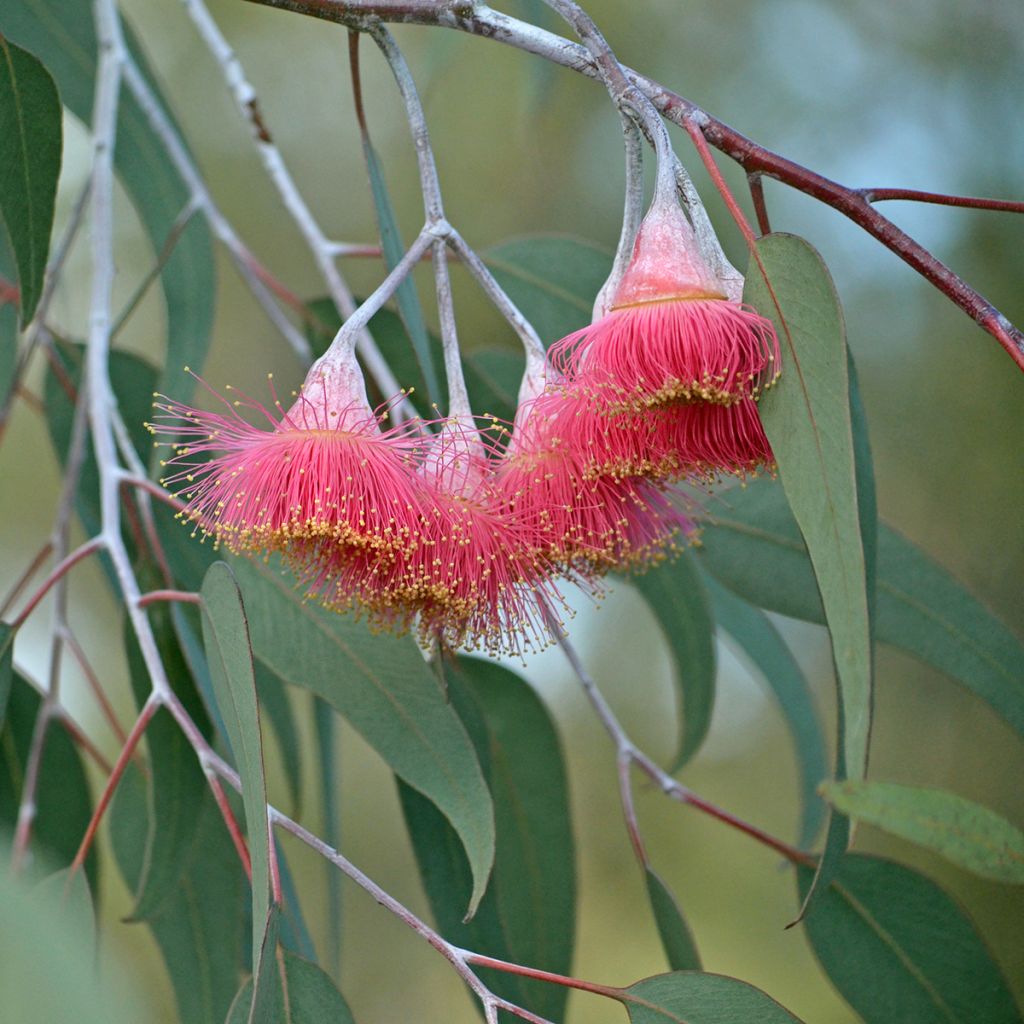

Eucalyptus caesia subsp magna
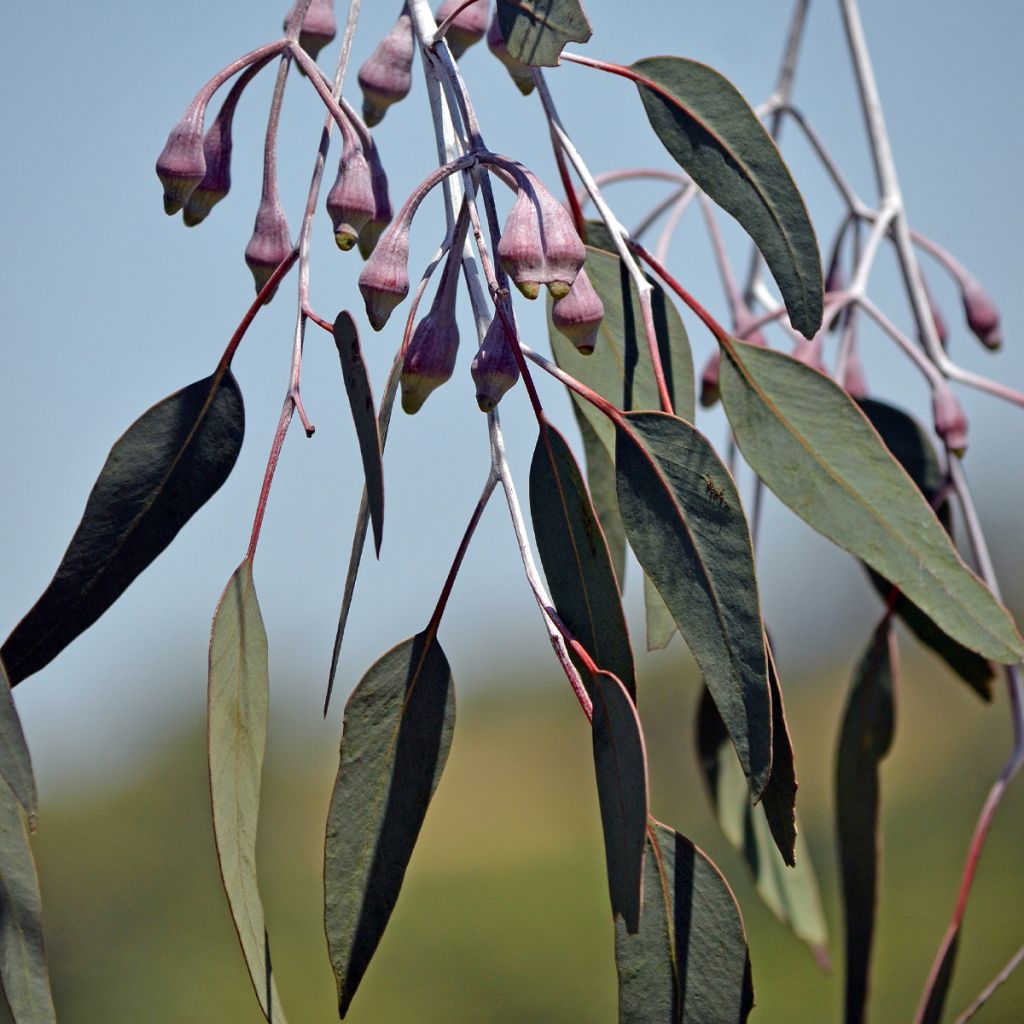

Eucalyptus caesia subsp magna
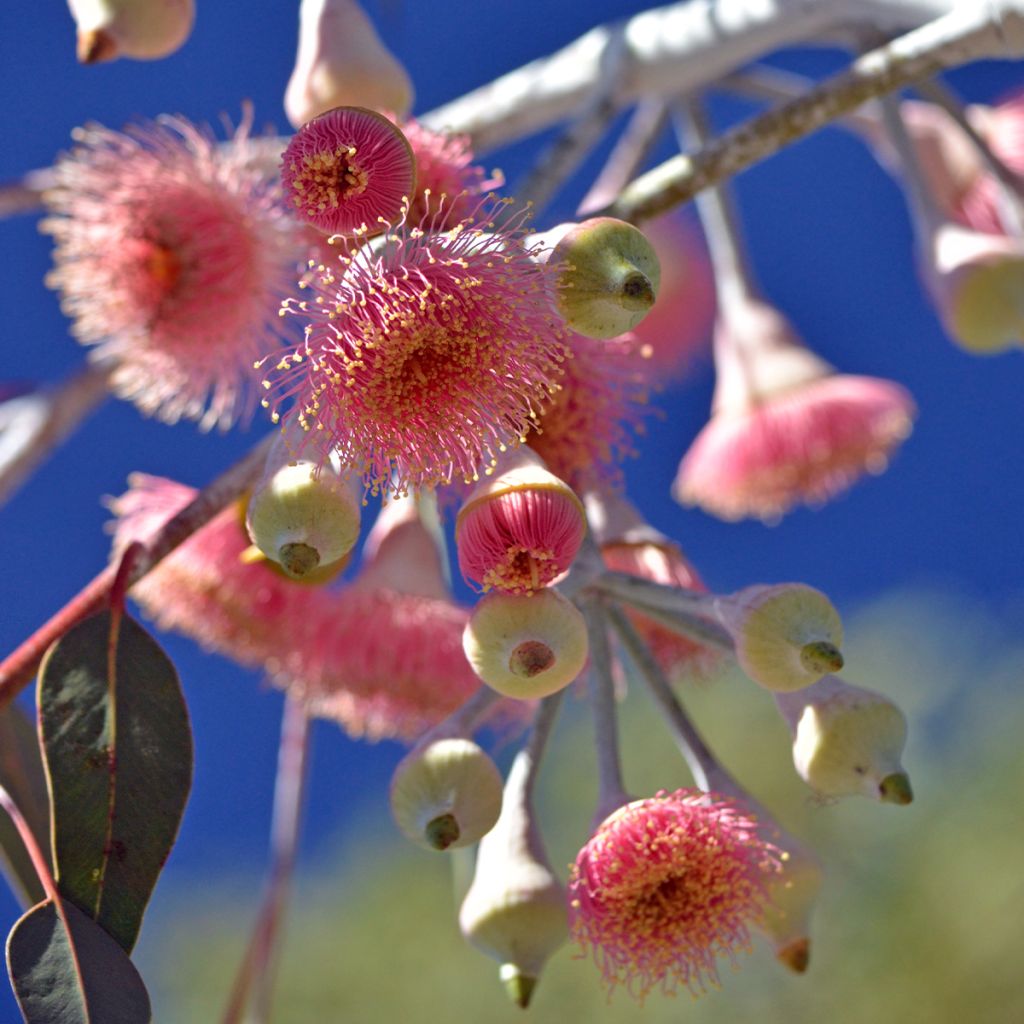

Eucalyptus caesia subsp magna
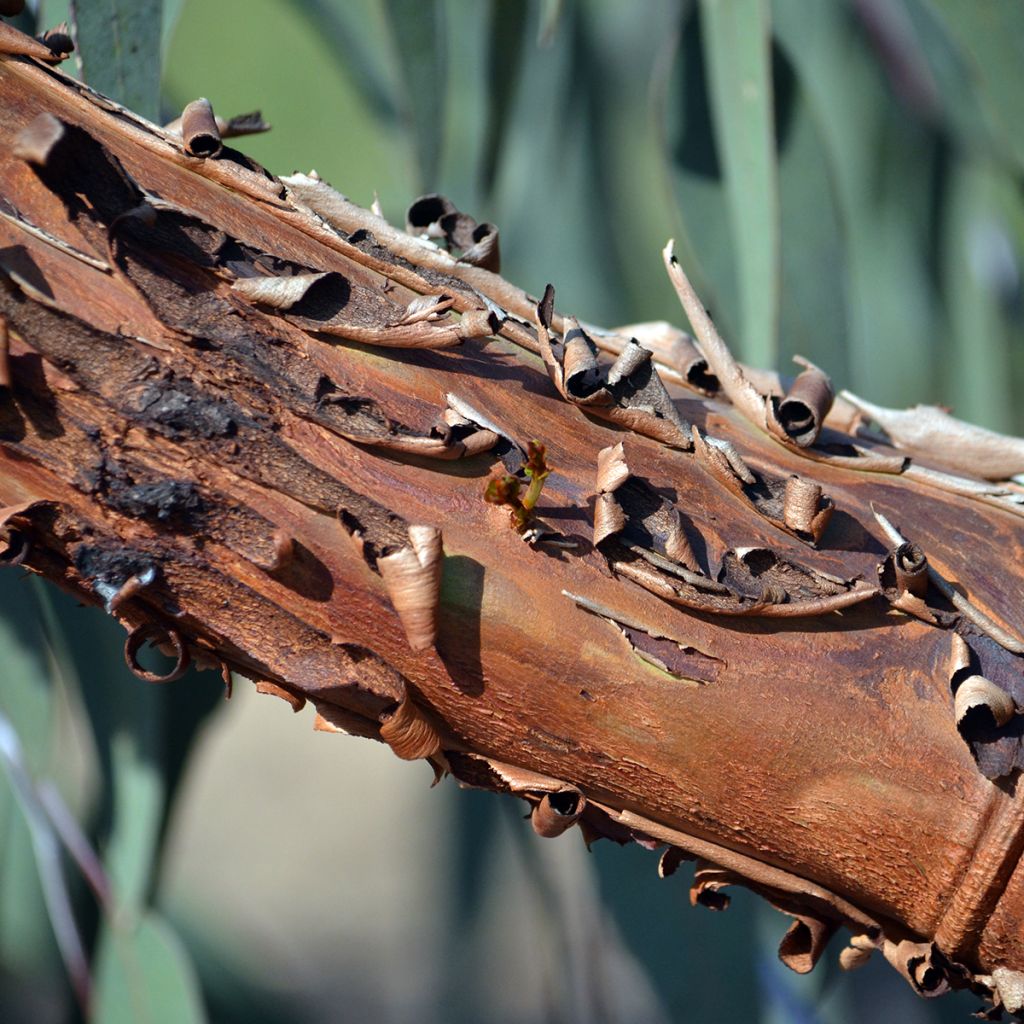

Eucalyptus caesia subsp magna
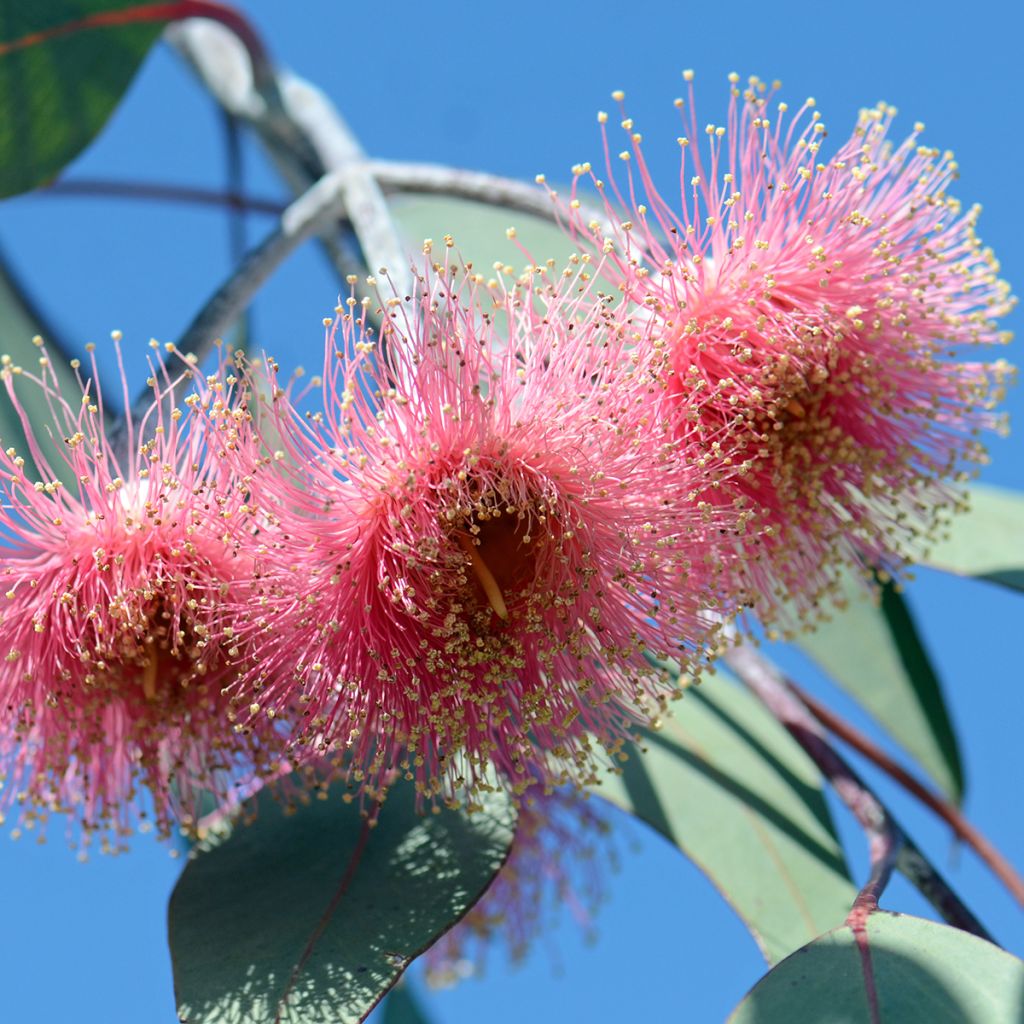

Eucalyptus caesia subsp magna
Eucalyptus caesia subsp magna
Eucalyptus caesia subsp magna
Silver Princess Gum
Order in the next for dispatch today!
Dispatch by letter from €3.90.
Delivery charge from €5.90 Oversize package delivery charge from €6.90.
More information
This item is not available in your country.
Schedule delivery date,
and select date in basket
This plant carries a 24 months recovery warranty
More information
We guarantee the quality of our plants for a full growing cycle, and will replace at our expense any plant that fails to recover under normal climatic and planting conditions.
From €5.90 for pickup delivery and €6.90 for home delivery
Express home delivery from €8.90.
Does this plant fit my garden?
Set up your Plantfit profile →
Description
Eucalyptus caesia subsp magna or Silver Princess Gum, native to Western Australia, stands out with its colourful and original flowering: made of pink-red pompons with contrasting yellow stamens. Its bark is reddish-brown and continually peels off in small undulate shreds, giving the impression that the tree has a curly "hairstyle". Its arched, pendulous branches have a powdery texture like the floral buds, and shimmer with a silvery glow. This Eucalyptus forms a small tree that can be grown in the ground or in a pot. It needs well-drained, sandy or clayey soil, even poor, without stagnant water. It appreciates temperate or drier climates, and can only withstand mild frosts of short duration.
Eucalyptus caesia subsp magna is a species native to Western Australia, more precisely from the Perth region where it is called "Gungurru". Like all Eucalyptus, it belongs to the Myrtaceae family. Its growth is quite fast, it eventually forms a small elegant tree with an open crown measuring about 6-8 m (19 ft 8 in-26 ft 2 in) in height by 4 m (13 ft 1 in) in spread, depending on the growing conditions. Its bark is reddish-brown and constantly peels off in small strips. The juvenile leaves are green and quite wide. The adult leaves, pendulous, larger, thinner, are elliptical or lanceolate. Their colour is grey-green to blue-green. This foliage releases a typical Eucalyptus scent when crushed. The flowers appear on adult plants from January to April, depending on the climate and age, 4 cm (1.6 in) in diameter, they are grouped in the leaf axils in pink-red pompons with yellow stamens. Not very hardy, this Eucalyptus can only withstand short, minor frosts.
Eucalyptus caesia subsp magna should make its entry into our gardens as it has many qualities. Easy to grow in acidic to neutral, well-drained soil, in full sun, it requires a sheltered location from the winds. Its open crown and vegetation only offer very light shade. It grows well in pots. Some association ideas: with a Coyote Willow or a Weeping Ornamental Pear, both beautifully silver, or a Purple Hazelnut for contrast. It is an ornamental plant at all stages of its growth, young and adult. Its flowers make an impact on the tree as well as in bouquets and are nectar-rich
Eucalyptus caesia subsp magna in pictures


Plant habit
Flowering
Foliage
Botanical data
Eucalyptus
caesia subsp magna
Myrtaceae
Silver Princess Gum
Oceania
Other Eucalyptus
Planting and care
Eucalyptus caesia subsp magna or Silver Princess Gum is best planted at the beginning of autumn or the beginning of spring, in well-prepared soil, not too dry to moist, in a very sunny situation. Clayey, sandy or poor soils are well tolerated as long as they are well drained. It does not tolerate stagnant humidity. Water well at planting, then regularly during the first year, especially in dry weather and if the summer is dry and hot. Then let nature take its course, the growth is rapid and it tolerates drought once established. It tolerates pruning, but it is detrimental to its shape.
Its roots are less powerful than those of other species allowing it to be installed closer to foundations and installations, but it requires a location sheltered from winds that can destabilise it.
Planting period
Intended location
Care
This item has not been reviewed yet - be the first to leave a review about it.
Evergreen shrubs
Haven't found what you were looking for?
Hardiness is the lowest winter temperature a plant can endure without suffering serious damage or even dying. However, hardiness is affected by location (a sheltered area, such as a patio), protection (winter cover) and soil type (hardiness is improved by well-drained soil).

Photo Sharing Terms & Conditions
In order to encourage gardeners to interact and share their experiences, Promesse de fleurs offers various media enabling content to be uploaded onto its Site - in particular via the ‘Photo sharing’ module.
The User agrees to refrain from:
- Posting any content that is illegal, prejudicial, insulting, racist, inciteful to hatred, revisionist, contrary to public decency, that infringes on privacy or on the privacy rights of third parties, in particular the publicity rights of persons and goods, intellectual property rights, or the right to privacy.
- Submitting content on behalf of a third party;
- Impersonate the identity of a third party and/or publish any personal information about a third party;
In general, the User undertakes to refrain from any unethical behaviour.
All Content (in particular text, comments, files, images, photos, videos, creative works, etc.), which may be subject to property or intellectual property rights, image or other private rights, shall remain the property of the User, subject to the limited rights granted by the terms of the licence granted by Promesse de fleurs as stated below. Users are at liberty to publish or not to publish such Content on the Site, notably via the ‘Photo Sharing’ facility, and accept that this Content shall be made public and freely accessible, notably on the Internet.
Users further acknowledge, undertake to have ,and guarantee that they hold all necessary rights and permissions to publish such material on the Site, in particular with regard to the legislation in force pertaining to any privacy, property, intellectual property, image, or contractual rights, or rights of any other nature. By publishing such Content on the Site, Users acknowledge accepting full liability as publishers of the Content within the meaning of the law, and grant Promesse de fleurs, free of charge, an inclusive, worldwide licence for the said Content for the entire duration of its publication, including all reproduction, representation, up/downloading, displaying, performing, transmission, and storage rights.
Users also grant permission for their name to be linked to the Content and accept that this link may not always be made available.
By engaging in posting material, Users consent to their Content becoming automatically accessible on the Internet, in particular on other sites and/or blogs and/or web pages of the Promesse de fleurs site, including in particular social pages and the Promesse de fleurs catalogue.
Users may secure the removal of entrusted content free of charge by issuing a simple request via our contact form.
The flowering period indicated on our website applies to countries and regions located in USDA zone 8 (France, the United Kingdom, Ireland, the Netherlands, etc.)
It will vary according to where you live:
- In zones 9 to 10 (Italy, Spain, Greece, etc.), flowering will occur about 2 to 4 weeks earlier.
- In zones 6 to 7 (Germany, Poland, Slovenia, and lower mountainous regions), flowering will be delayed by 2 to 3 weeks.
- In zone 5 (Central Europe, Scandinavia), blooming will be delayed by 3 to 5 weeks.
In temperate climates, pruning of spring-flowering shrubs (forsythia, spireas, etc.) should be done just after flowering.
Pruning of summer-flowering shrubs (Indian Lilac, Perovskia, etc.) can be done in winter or spring.
In cold regions as well as with frost-sensitive plants, avoid pruning too early when severe frosts may still occur.
The planting period indicated on our website applies to countries and regions located in USDA zone 8 (France, United Kingdom, Ireland, Netherlands).
It will vary according to where you live:
- In Mediterranean zones (Marseille, Madrid, Milan, etc.), autumn and winter are the best planting periods.
- In continental zones (Strasbourg, Munich, Vienna, etc.), delay planting by 2 to 3 weeks in spring and bring it forward by 2 to 4 weeks in autumn.
- In mountainous regions (the Alps, Pyrenees, Carpathians, etc.), it is best to plant in late spring (May-June) or late summer (August-September).
The harvesting period indicated on our website applies to countries and regions in USDA zone 8 (France, England, Ireland, the Netherlands).
In colder areas (Scandinavia, Poland, Austria...) fruit and vegetable harvests are likely to be delayed by 3-4 weeks.
In warmer areas (Italy, Spain, Greece, etc.), harvesting will probably take place earlier, depending on weather conditions.
The sowing periods indicated on our website apply to countries and regions within USDA Zone 8 (France, UK, Ireland, Netherlands).
In colder areas (Scandinavia, Poland, Austria...), delay any outdoor sowing by 3-4 weeks, or sow under glass.
In warmer climes (Italy, Spain, Greece, etc.), bring outdoor sowing forward by a few weeks.
